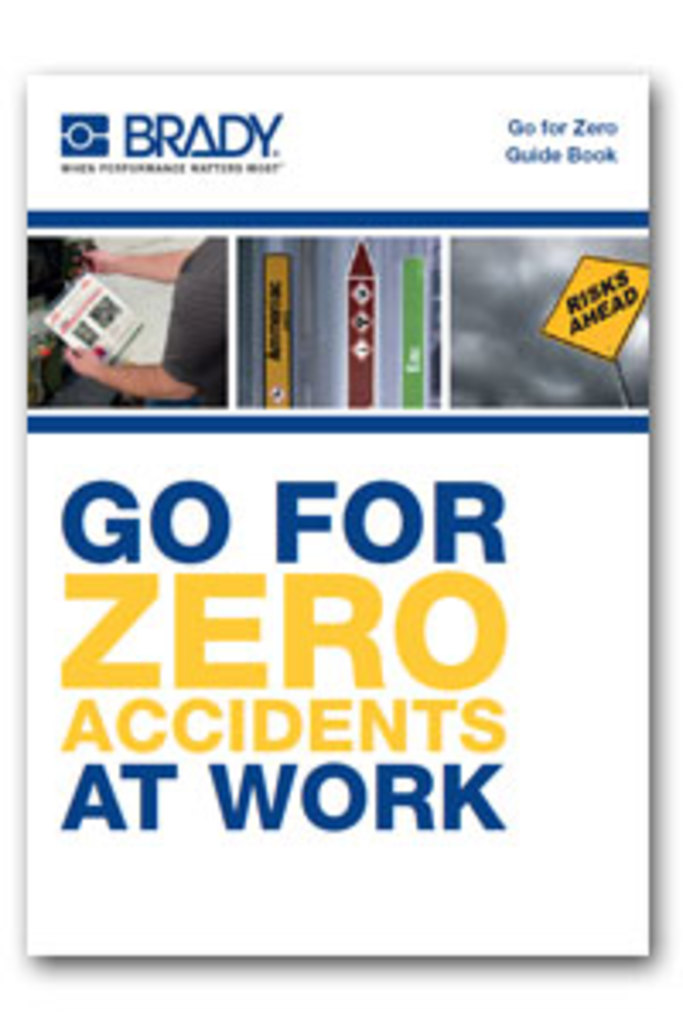
 |
Mark Sennett
Managing Editor |
 |
Kelly Rose
Editor |
| Home> | Premises | >Risk Management | >Go for Zero: The Guidebook for managing safety risks |
Go for Zero: The Guidebook for managing safety risks
23 October 2017
Every workplace accident generates cost, and potentially includes a severe human toll that impacts morale and productivity.

Managing safety risks to prevent workplace accidents from happening is both a humane and an economically sound strategy to protect or even improve company profitability.
Brady’s guidebook provides an insight in the main safety risks in industrial sectors, includes components and tips to create a Go for Zero safety programme and presents tools to implement it on the workfloor.
Table of Contents:
The cost of workplace accidents
Main industrial safety risks
A safety policy
- Management commitment
- Safety communications
- Hazard assessment & control
- Safety & Health training
- Safety planning, rules & work procedures
- Accident investigation
Safety management system
- Evaluation of risk assessment
- Deming cycle
- A practical example
Go for Zero tools
- Lockout/Tagout, Safety signs, Area marking, Pipe marking, Visual Tagging, Spill control
- Safety identification printers and Safety software
Go for Zero
By creating a safety policy, implementing a continuous improvement safety management system and providing safety tools on the workfloor, the basic conditions are set for your Go for Zero safety programme.
‘Go for Zero’, ‘Goal Zero’, ‘Zero accidents’or ‘Zero unsafe behaviour’ are bold statements that are used to decidedly illustrate a workplace safety ambition. While we encourage ‘Go for zero’ as an ambition, strategy or mindset, we do not advise it as a target because it is the journey that matters, not the destination.
- Approved NHS supplier
- Increase Lockout/Tagout efficiency
- New blind lockout for almost any pipe
- Lockout procedures tailored to your needs
- Labels on the go
- 5S Plus Guide: Best practices for a leaner and safer workplace
- Free personalised padlock
- Prevention is better than cure
- Scafftag improves environments
- Custom-make lables

























